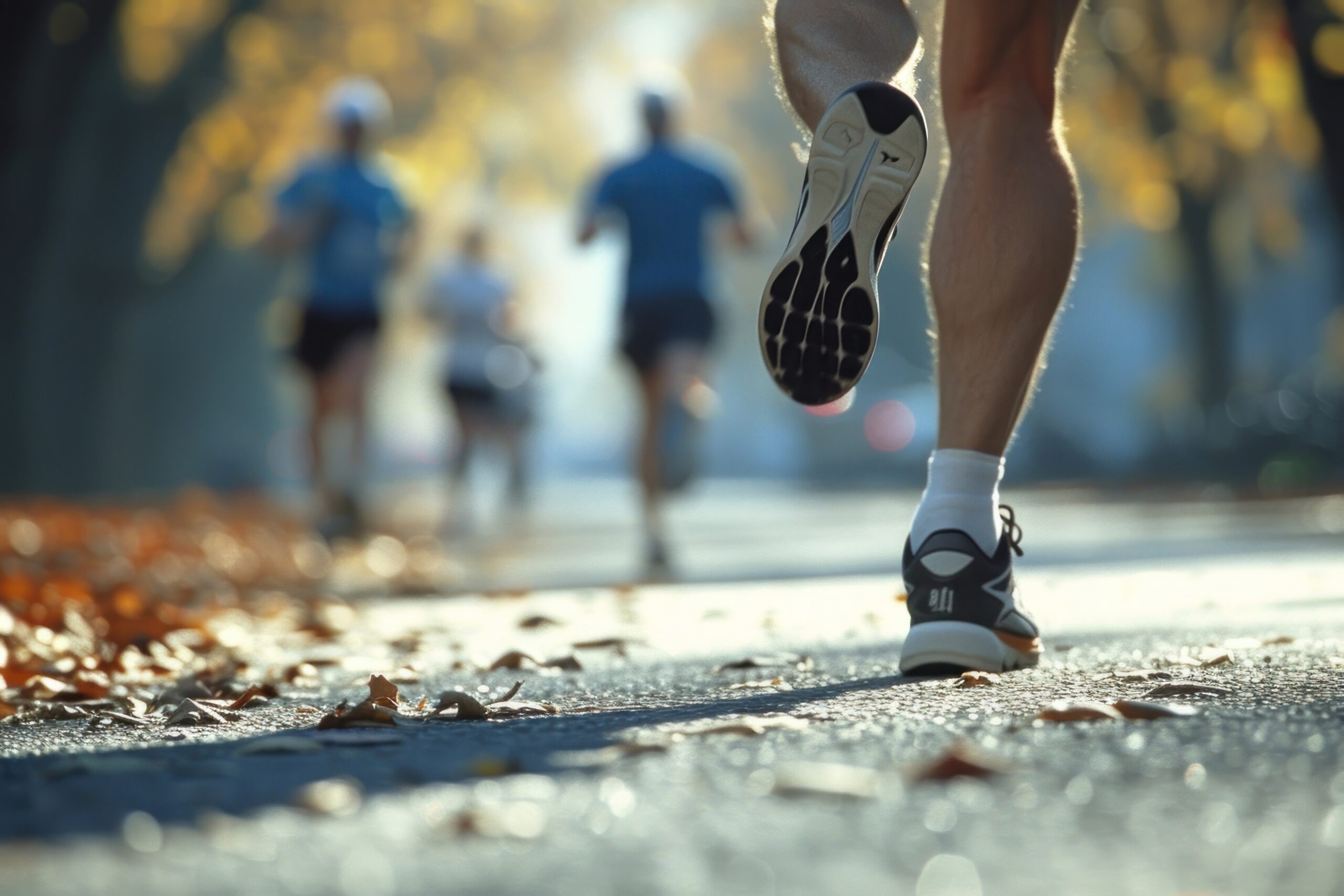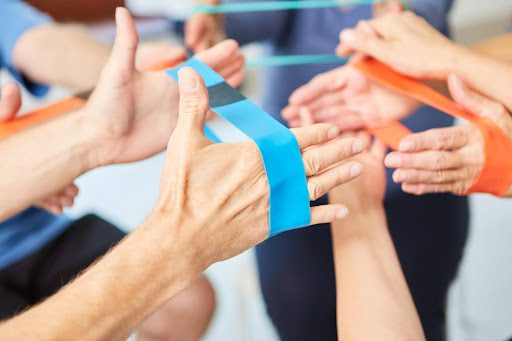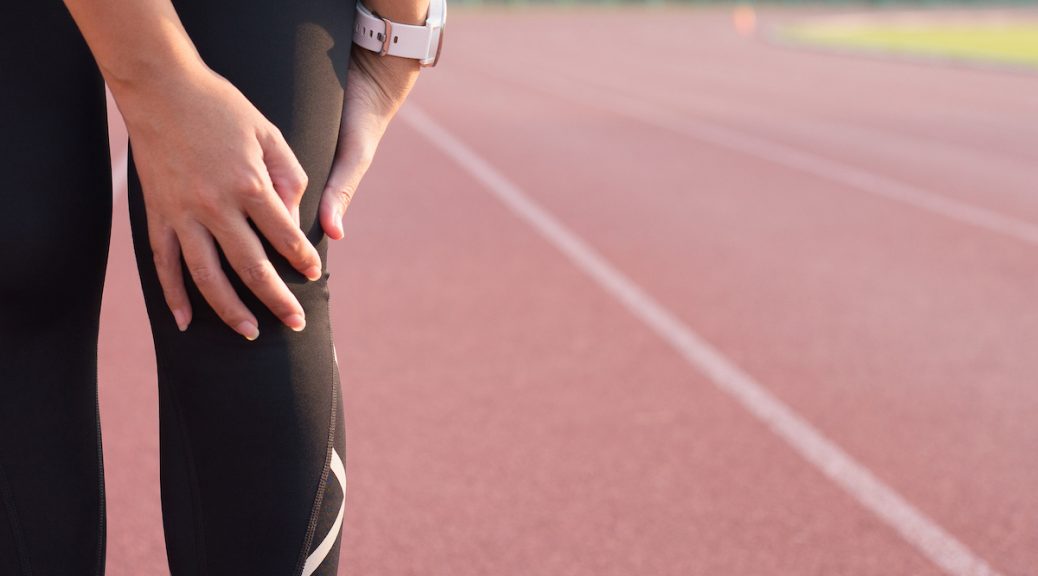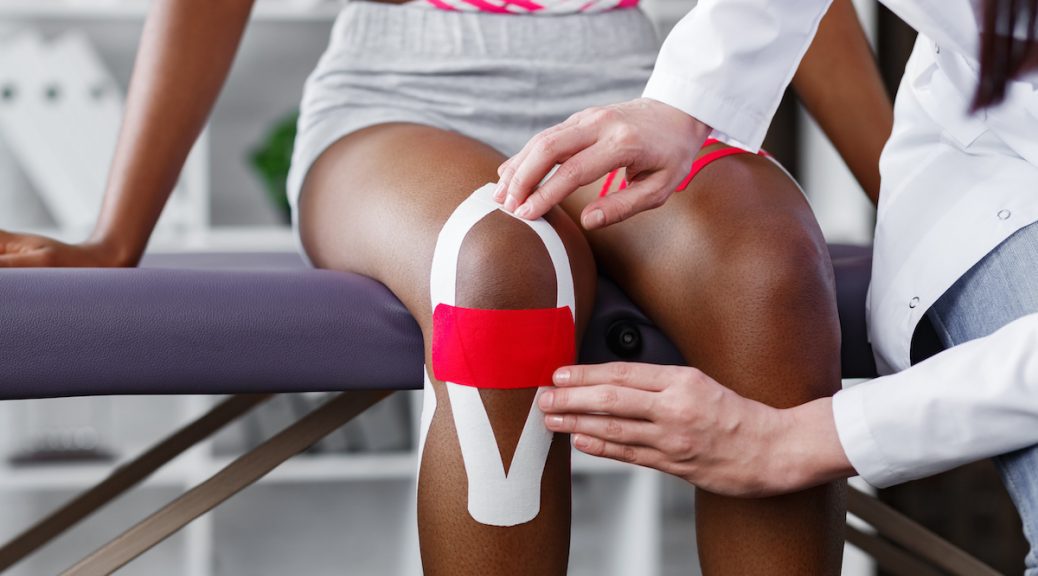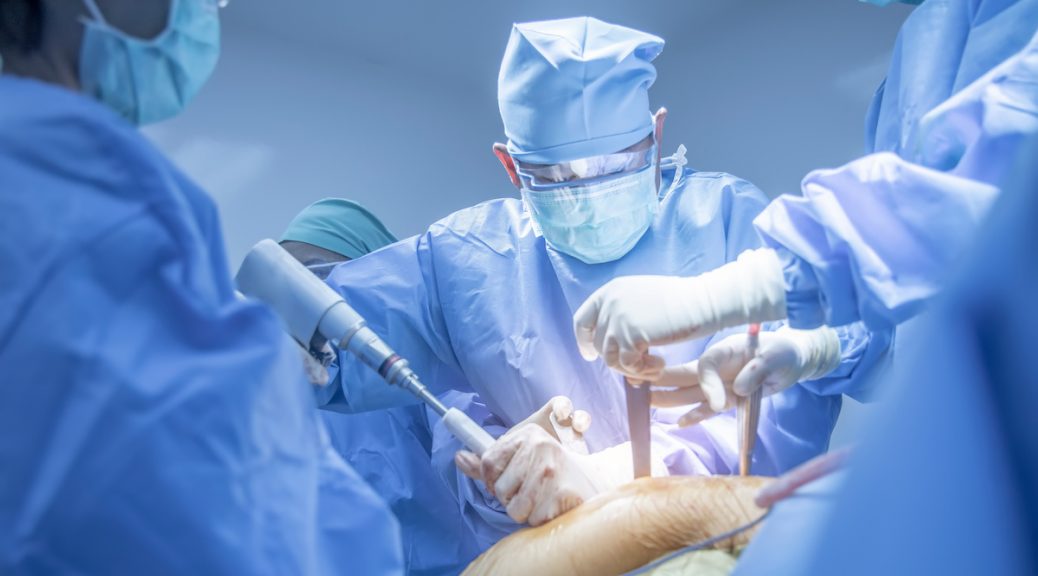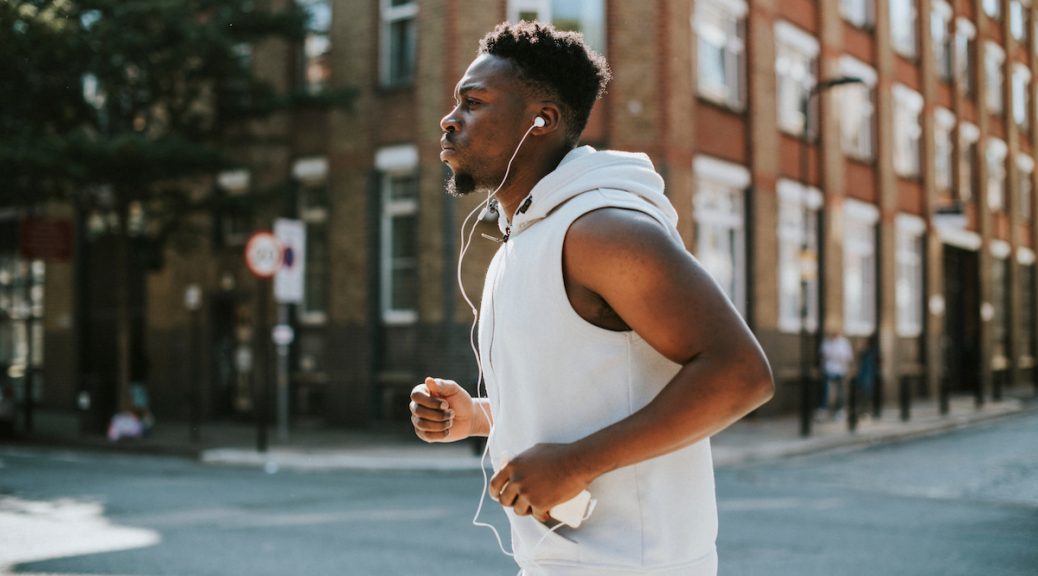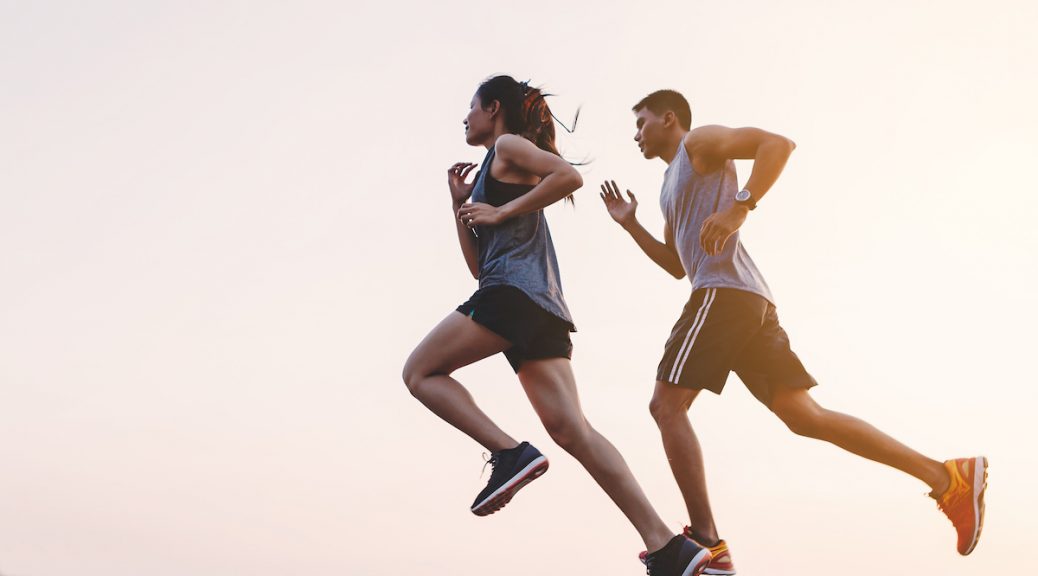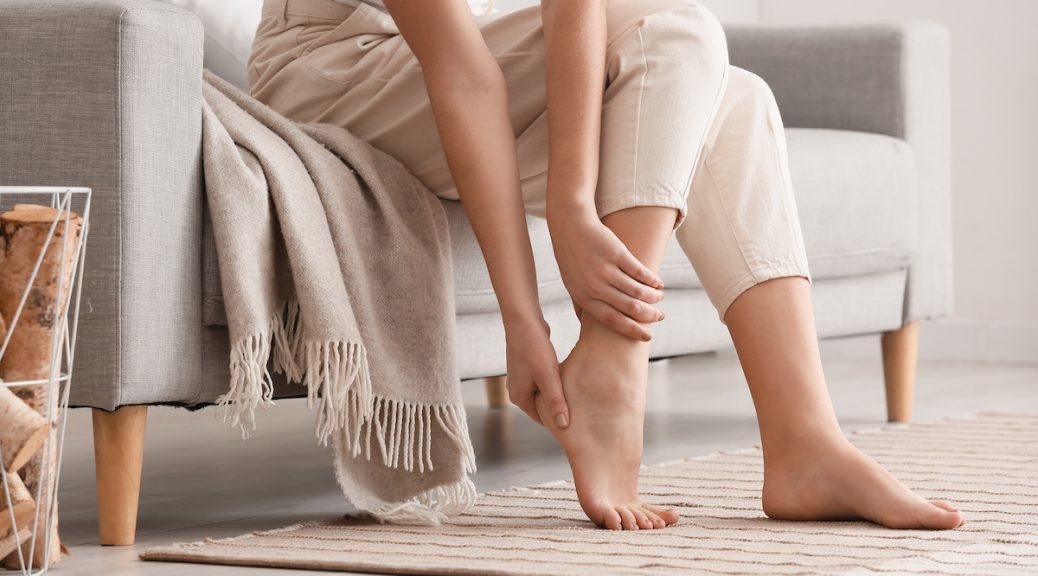When it comes to sports and physical activity, having the right footwear is crucial for both performance and injury prevention. Ill-fitting or inappropriate shoes can lead to a range of problems, from blisters and foot pain to more severe injuries such as ankle sprains, shin splints, and even stress fractures. In this blog post, we’ll provide expert advice on how to choose the right footwear for various sports, ensuring you have the best possible support and comfort during your activities.
The Importance of Proper Footwear
Before we dive into sport-specific recommendations, it’s essential to understand why proper footwear is so important. Your feet are the foundation of your body, and they bear the brunt of the impact during any physical activity. Wearing shoes that don’t provide adequate cushioning, support, and stability can lead to excessive stress on your feet, ankles, knees, and even your hips and lower back.
Key Factors to Consider
When selecting footwear for sports, there are several key factors to keep in mind:
Sport-Specific Design:
Different sports place unique demands on your feet and require specialized features in your shoes. For example, running shoes prioritize cushioning and shock absorption, while court shoes for sports like tennis or basketball emphasize lateral support and traction.
Foot Type and Gait:
Your individual foot type (e.g., flat feet, high arches) and gait pattern (how your foot strikes the ground) can influence the type of shoe that works best for you. Consulting with a podiatrist or getting a professional gait analysis can help you find the perfect fit.
Fit and Comfort:
Shoes should feel comfortable right out of the box, with enough room for your toes to wiggle and no areas of excessive tightness or rubbing. The heel should fit snugly without slipping, and the midfoot should provide ample support.
Terrain and Playing Surface:
Consider the surface you’ll be playing on, whether it’s a hardwood court, grass field, or trail. Different surfaces require different levels of traction, cushioning, and support.
Sport-Specific Recommendations
Now, let’s dive into some specific recommendations for various sports:
Running/Jogging:
Look for shoes with ample cushioning in the midsole and heel to absorb impact. Consider your foot type and gait pattern when selecting the level of stability and motion control you need.
Tennis/Basketball:
Court shoes should provide excellent lateral support and traction to accommodate the quick stops, starts, and side-to-side movements these sports demand. Look for shoes with reinforced toe boxes and durable outsoles.
Soccer/Football:
Cleats or turf shoes with studs or nubs on the outsole are essential for maintaining traction on grass or artificial turf fields. Look for shoes with ample ankle support and cushioning to prevent injuries during high-impact plays.
Hiking/Trail Running:
Trail shoes should have aggressive tread patterns for grip on uneven terrain, as well as ample toe protection and water resistance. Look for shoes with rock plates or reinforced midsoles to protect your feet from sharp objects on the trail.
Cross-Training/Gym:
For versatile activities like cross-training or gym workouts, look for shoes with a balance of cushioning, support, and flexibility. Consider shoes with a slightly wider toe box to accommodate lateral movements.
Remember, it’s always a good idea to try on shoes and walk or jog around the store to ensure a proper fit. Don’t hesitate to consult with a professional or seek advice from experienced athletes or coaches in your sport.
Investing in the right footwear for your chosen sport can make a significant difference in your performance, comfort, and injury prevention. By considering the specific demands of your activity, your individual foot type and gait pattern, and the terrain or playing surface, you can find the perfect shoes to support your athletic endeavors. Don’t compromise on footwear – your feet will thank you for it!

